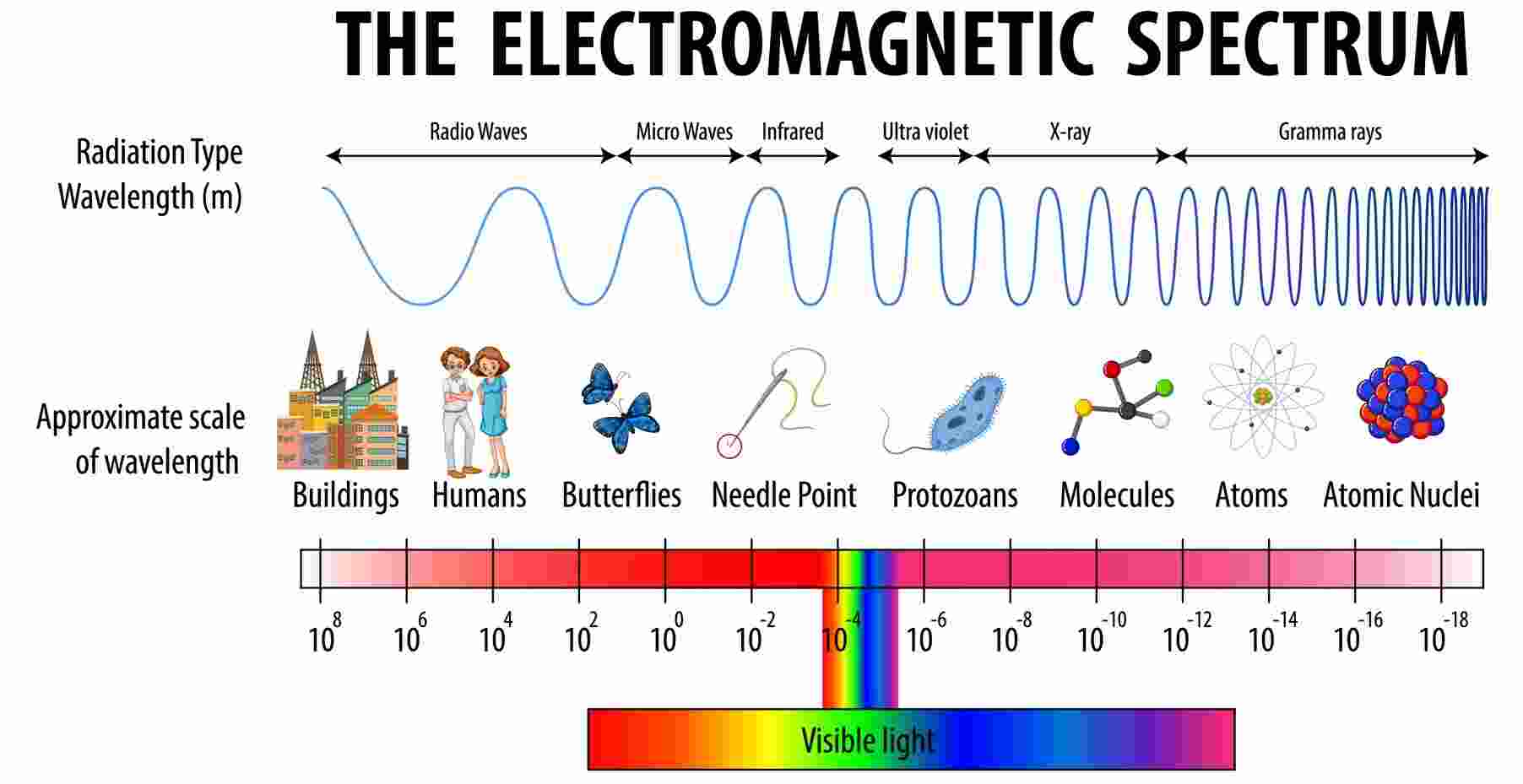China & US Eye Up New Electromagnetic Spectrum Battlefront
The success of future military operations will depend on a force’s ability to command and control an electronic battlefield.

Senior military commanders in both China and the US now see each other as the next biggest threat. This is leading both sides to prepare for a war which (if it happens) will not only be fought in the South China Sea or on the beaches of Taiwan but will also see combat for command and control of the electromagnetic spectrum.
Alongside the traditional battle for air superiority, naval strength, and territorial control, future wars will also fight over the technological space which allows for modern communication, navigation, and even weapon guidance. Access and command of this space will depend on both superpowers electronically jamming, deceiving, and spoofing [sending false information, such as GPS location to the enemy] each other in high-tech combat.
Electromagnetic radiation includes radio waves from a radio station and visible light from lamps in your home. Radiation is defined as energy that flows and spreads out along its path.

A more accurate definition would be that the electromagnetic spectrum is a field which encompasses radio waves, microwaves, millimetre waves, infrared, visible light, ultraviolet light, x-rays, and gamma rays. All of which can be used by military systems for communication, weapon targeting, to identify enemy activity and location, block enemy communications, prevent enemy targeting and more.
Currently, the US has a technological advantage, but China is aware of its deficiencies and is putting up strong resistance in both a defensive and offensive way. Or as one US Defense Department official describes it, “[China understands] how they can operate — or need to be better prepared to operate — in what they call a complex electromagnetic environment.” Highlighting how China is, “continuing to try to improve their cyber and electronic warfare arsenals.”

This includes not only shooting down warplanes, sinking ships, and killing enemy soldiers, but also ‘systems destruction warfare’ – the disruption, crippling, or outright destruction of your opponent’s basic networks and infrastructure.
It is a situation which US and Chinese military chiefs are well aware of and responding to accordingly.
China is busy expanding and coordinating its e-war options, as one Pentagon official stated in a recent interview on condition of anonymity, “The [Chinese] People’s Liberation Army really sees space, cyber and electronic warfare as very closely interconnected. They’ve written about a concept that they refer to as integrated network electronic warfare for many years.”
Meanwhile, the US is “reinvesting in electronic warfare and other spectrum-related capabilities after years of decline,” states a report in the industry journal C4isrNet.
This was made clear following October’s announcementthat the US Air Force has “activated two detachments at Robins Air Force Base in Georgia dedicated to electronic warfare and its future applications.”
The ultimate Pentagon goal for this move is the founding of the 950th Spectrum Warfare Group whose role will be to assess the war-readiness of US hardware, as well as test and train jamming and spoofing capabilities during military exercises.

“Our enemies right now are looking at developing countermeasures as they shore up their capabilities against us,” explains Col. Josh Koslov, the wing’s commander. “Our team here at Robins will identify what our weak points are, and be able to point us in the direction we need to go.”
While the new wing is not planned to be operationally capable until 2027, there is still significant pressure on both sides to get ready for this cutting-edge form of e-war.
As Koslov notes, “I want to emphasize the words of the commander of Air Combat Command, Gen. Mark Kelly, who said if we don’t achieve superiority in the spectrum, then our forces are going to lose, and we’re going to lose fast.”
Photo credit: Brgfx on Freepik, rawpixel, kjpargeter, & frimufilms

